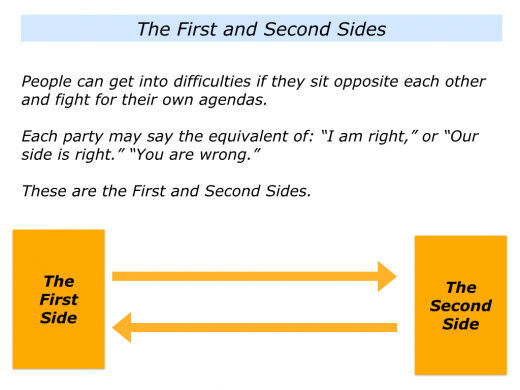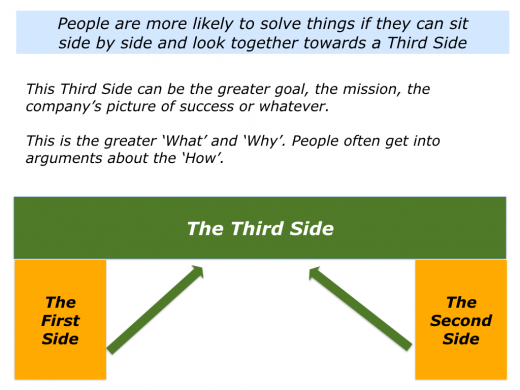William Ury has a vast background in negotiation and believes it is possible to solve virtually any conflict.
He has written many books on the topic including, with Roger Fisher, the best selling Getting to Yes.
Here is more about William’s background, which you can find on his web site.
Over the last 30 years, Ury has served as a negotiation adviser and mediator in conflicts ranging from corporate mergers to wildcat strikes in a Kentucky coal mine to ethnic wars in the Middle East, the Balkans, and the former Soviet Union.
With former president Jimmy Carter, he co- founded the International Negotiation Network, a non-governmental body seeking to end civil wars around the world. During the 1980s, he helped the US and Soviet governments create nuclear crisis centers designed to avert an accidental nuclear war.
In that capacity, he served as a consultant to the Crisis Management Center at the White House. Ury has served as a third party in helping to end a civil war in Aceh, Indonesia, and helping to prevent one in Venezuela.
William says that many conflicts lead to people taking two different sides. In this talk he explains the concept of The Third Side. Here an explanation from his web site.
According to William Ury, it takes two sides to fight, but a third to stop. Distilling the lessons of two decades of experience in family struggles, labour strikes, and wars, he presents a bold new strategy for stopping fights.
He also describes ten practical roles – as managers, teachers, parents, and citizens – that each of us can play every day to prevent destructive conflict.
Fighting isn’t an inevitable part of human nature, Ury explains, drawing on his training as an anthropologist and his work among primitive tribes and modern corporations.
We have a powerful alternative – The Third Side – which can transform our daily battles into creative conflict and cooperation at home, at work, and in the world.
Further on in the talk William explains the simple power of people literally walking together. He sees this as an elegant, simple (but not easy) way to create agreement in even the most difficult situations, from family conflict to, perhaps, the Middle East.
Encouraging People To Cooperate
By Focusing On The Third Side
In my own work I have encouraged people to cooperate by getting them to focus on another version of the Third Side.
People sometimes get into difficulties because they sit opposite each other and get into fighting for their own agendas. These are the First and Second Sides.
People are more likely to solve things, however, if they can sit side by side and look together towards a Third Side.
This Third Side can be the greater goal, the mission, the company’s picture of success or whatever. This is the greater ‘What’ and ‘Why’.
People often get into arguments about the ‘How’. So it is important to focus on the higher purpose.
So it can be useful to sit side by side and look together at the third side. You can then say things like:
“This is the mission. These are the goals to achieve. This is the picture of success.
“Is this something you want to work towards achieving?
“If so, how can you do your best to contribute to achieving the goals?
“How can you help other people to achieve the goals?”
You can read more about William’s work at his site.








[…] https://www.thepositiveencourager.global/william-ury-solving-conflicts-by-employing-the-third-side-an… […]
[…] William Ury […]
[…] William Ury […]